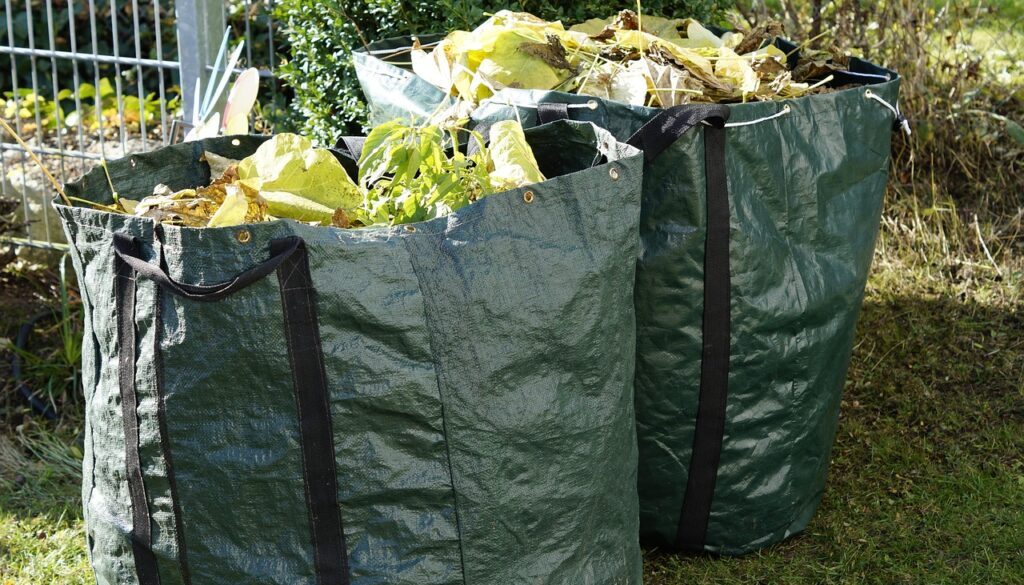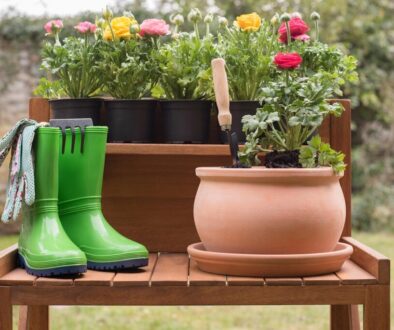February Gardening To-Do List: Essential Tasks for a Thriving Garden
February may still feel like winter in many places, but it’s a crucial month for preparing your garden for spring. Whether you’re tending to flowers, vegetables, or fruit trees, there’s plenty to do. From pruning and planning to starting seeds indoors, let’s dive into your ultimate February gardening to-do list to ensure a lush and productive garden all year round.
1. Plan Your Garden for the Year
Before diving into hands-on gardening, take some time to plan. February is the perfect month to design your garden layout, select crops, and decide where everything will go.
Tasks:
- Sketch out a garden layout to maximize space and sunlight.
- Decide on crop rotations to prevent soil depletion and disease buildup.
- Make a list of flowers, vegetables, and herbs you want to grow this year.
- Order seeds and bulbs early to get the best selection before spring.
- Research companion planting for healthier crops and natural pest control.
- Consider vertical gardening techniques for small spaces.
- Plan a watering schedule based on plant needs and climate.
Why It Matters: Careful planning leads to a more productive and visually appealing garden, reducing waste and increasing efficiency.
2. Start Seeds Indoors
February is the time to start seeds indoors to get a head start on the growing season, especially for plants that need a long growing period before transplanting.
Tasks:
- Choose seeds for warm-season crops like tomatoes, peppers, eggplants, and herbs.
- Use seed-starting trays with high-quality seed-starting mix.
- Provide adequate lighting (grow lights or a sunny windowsill) and consistent warmth.
- Water gently to keep the soil moist but not soggy.
- Label your seedlings to avoid confusion as they grow.
- Monitor seed germination rates and adjust conditions as needed.
- Harden off seedlings before transplanting to prevent shock.

Why It Matters: Starting seeds indoors gives plants a strong foundation before transplanting outdoors, leading to better yields and earlier harvests.
3. Prune Trees, Shrubs, and Roses
February is the perfect month for pruning, as many plants are still dormant, reducing the risk of disease and stress.
Tasks:
- Prune fruit trees like apples, pears, and peaches to encourage better fruit production.
- Trim back dormant shrubs to promote strong spring growth.
- Cut back roses, remove dead or diseased wood, and shape them for optimal flowering.
- Remove any suckers or unwanted growth from trees and shrubs.
- Disinfect pruning tools between cuts to prevent disease spread.
- Check for signs of pests or fungal infections and address them early.
Why It Matters: Proper pruning improves plant health, encourages better fruiting and flowering, and prevents overcrowding.
4. Prepare Garden Beds
Even if the ground is still frozen in some areas, you can begin preparing your soil for spring planting.
Tasks:
- Clear out old plant debris, leaves, and weeds.
- Test soil pH and nutrient levels to determine what amendments are needed.
- Add compost or well-rotted manure to enrich the soil.
- Mulch garden beds to regulate temperature and prevent weed growth.
- Turn the soil if it’s not too wet to improve aeration.
- Install raised beds or garden edging to keep soil in place.
- Improve drainage in areas prone to waterlogging.
Why It Matters: Healthy soil is the foundation of a productive garden. Early preparation saves time and ensures better plant growth.
5. Plant Cool-Season Vegetables
In many climates, February is a great time to plant hardy, cool-season vegetables.
Tasks:
- Direct sow crops like peas, spinach, kale, and lettuce.
- Transplant onions, garlic, and shallots if not done in the fall.
- Use cloches or row covers to protect young plants from frost.
- Space plants properly to allow for airflow and reduce disease risk.
- Rotate crops to prevent nutrient depletion and pest issues.
- Add organic mulch to retain moisture and warmth.

Why It Matters: Getting a head start on cool-season crops means an earlier harvest and more growing cycles before the heat of summer.
6. Maintain Greenhouses and Cold Frames
If you have a greenhouse or cold frame, February is the month to maintain it and use it effectively.
Tasks:
- Check and repair any damaged panels or insulation.
- Clean glass or plastic to maximize sunlight exposure.
- Ventilate on sunny days to prevent excessive humidity.
- Start growing hardy herbs and early greens like lettuce and radishes.
- Monitor temperature fluctuations and adjust ventilation accordingly.
- Keep an eye out for mold or pest infestations.
Why It Matters: A well-maintained greenhouse extends the growing season and protects tender plants from cold snaps.
7. Care for Houseplants and Overwintering Plants
Indoor plants and overwintering perennials also need attention this month.
Tasks:
- Check for pests like aphids and spider mites and treat them accordingly.
- Water consistently but avoid overwatering during dormant months.
- Rotate plants for even light exposure.
- Start feeding houseplants lightly as daylight increases.
- Repot plants that have outgrown their containers.
- Increase humidity levels if indoor air is too dry.
Why It Matters: Healthy houseplants improve indoor air quality and add life to your home, while overwintered plants will be ready for spring.

8. Check Garden Tools and Equipment
Before the busy gardening season begins, ensure your tools and equipment are in top shape.
Tasks:
- Clean and sharpen pruners, shears, and shovels.
- Oil metal tools to prevent rust.
- Check lawnmowers, tillers, and other powered equipment.
- Replace worn-out gloves, hoses, and stakes.
- Organize your gardening shed or workspace.
- Stock up on essential gardening supplies.
Why It Matters: Well-maintained tools make gardening more efficient and enjoyable while preventing frustration and injuries.
Final Thoughts
February may be chilly, but it’s a month full of important garden tasks. By planning ahead, starting seeds, pruning, and preparing beds, you set yourself up for a successful gardening season. Use this month wisely, and you’ll reap the rewards in the coming months with a lush, healthy garden.
What’s on your February gardening checklist? Let us know by emailing us at [email protected].
Happy Gardening!






